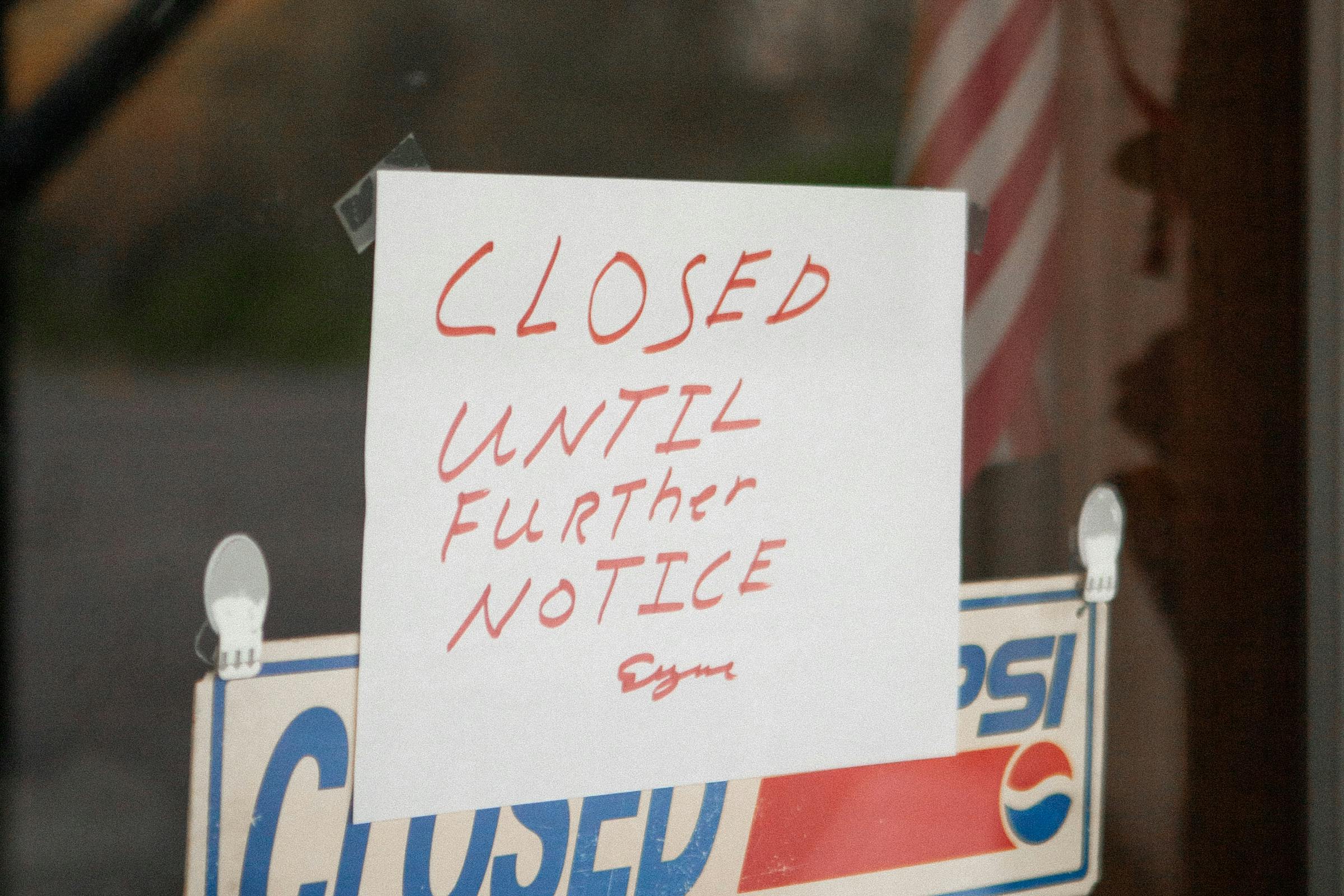The H-1B Visa Terms and Conditions
Obtaining a capped H-1B visa is challenging enough. Potential beneficiaries must find a qualified employer willing to sponsor them, submit a registration in hopes that it will be chosen through the random lottery process, and complete lengthy paperwork and screening steps before the United States Citizenship and Immigration Services officials approve their request.
But once that approval is granted, the terms are conditional. Each person’s visa is contingent on their work with the specific employer who sponsored their application. Should that change while the H-1B holder is still in the US, USCIS must approve the change, and there’s a deadline for that. H-1B visa holders have a 60-day grace period to request a job transfer sponsored by the new employer and get it approved by USCIS. As is expected, this can take weeks, if not longer.
Yet, out of the tens of thousands of laid-off H-1B visa holders, most were able to complete this obstacle successfully, finding new employment that stood up to USCIS’s scrutiny. Some moved to new states for their jobs, while others took positions related to their specialty but not in the roles they preferred.
The Job Search Is On
Because of the high demand in the tech industry, visa holders were able to expand their search to include positions outside of those big tech companies they’d originally worked for. Market demand ensures that all businesses, large and small, need skilled people who can fill critical spots in their workplace, handling the IT requirements that were previously held by less qualified workers. Many of these businesses had filed for H-1B beneficiaries that weren’t chosen in the lottery. The positions remained open, waiting for someone qualified to fill them — the perfect openings for unexpectedly laid-off H-1B holders.
This situation became the ideal way for visa holders to transfer jobs to places that would appreciate them more, as those companies needed staff to fill crucial job shortages. In essence, the mass layoffs became one step closer to stabilizing the economy, giving those laid-off workers the chance to close the gaps rather than return to their home countries.
The Call for Better Visa Policies
Because of the cap on the number of visas awarded each year, hundreds of thousands of qualified applicants are denied annually, while millions of jobs await talented individuals to fill them. Current attempts to reform this problem are in the works as legislators realize the need to adjust a decades-old policy.
The number attached to the H-1B visa program seems relatively arbitrary today, and instead, those in the government today want to change these limitations to become more market-sensitive. As the need for skilled foreign workers increase, so, too, should the visas available, and vice versa.
In the meantime, employers who missed the cut for H-1B visas can learn from the Silicon Valley layoffs and keep those job openings available throughout the year. It’s not uncommon for visa holders to become dissatisfied with their original sponsors and seek qualified companies for approved transfers during their three-year stay. If your business meets the strict criteria established by the Department of Labor and USCIS, missing the lottery registration doesn’t have to be the end of your potential foreign labor.
The same idea applies to employees who come to the US on an H-1B visa, only to find the terms of employment aren’t what they expected. If you’re dissatisfied with your employer for legitimate reasons, talk to an immigration lawyer like Visa2US. You may be eligible for a job transfer, even if you’re not laid off or terminated.
What’s Next?
While some laid-off H-1B visa holders head to other countries with more flexible foreign labor policies, others want to remain in the US if possible. Until the visa system is corrected to match the needs of today’s society, these individuals and others like them must meet the rigorous criteria of a capped H-1B visa.
The US immigration policies in effect today are often confusing and always evolving. As these changes take place, you need to have someone who knows the latest rules and regulations, what’s on the horizon, and how best to help you. That’s where our legal professionals at Visa2US enter the scene.
We’ve aided countless employers and visa beneficiaries to meet their goals of foreign nonimmigrant skilled labor, and we’re ready to extend our knowledge to you. Contact us today to discuss your situation and plans for the future, and let us guide your steps to get you there!














